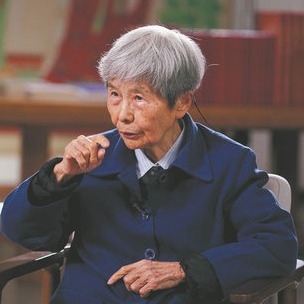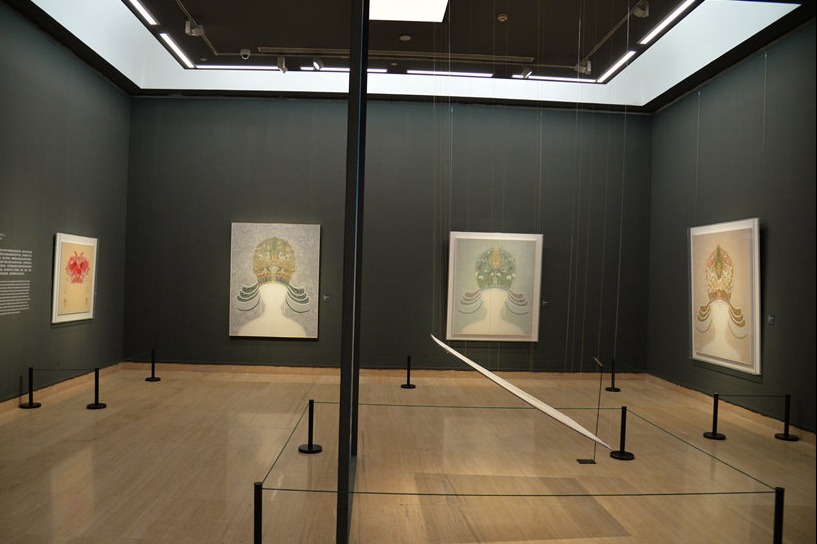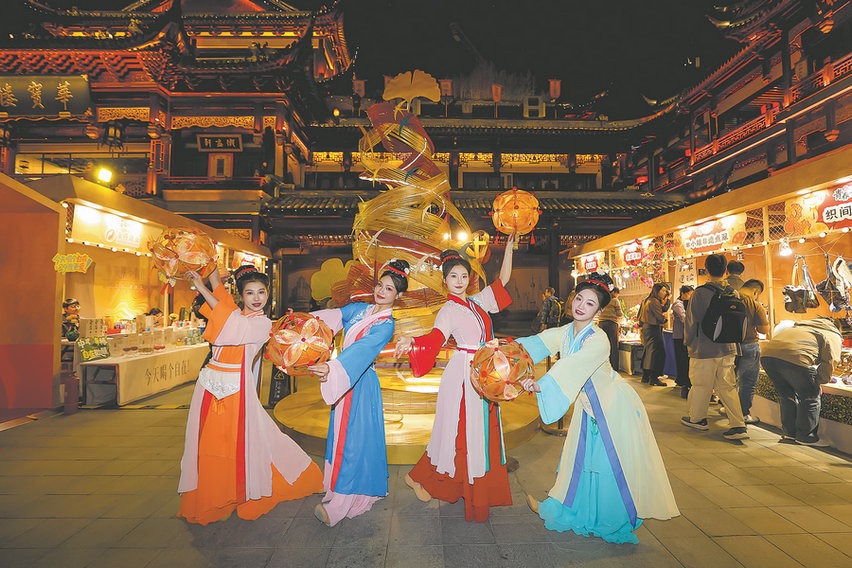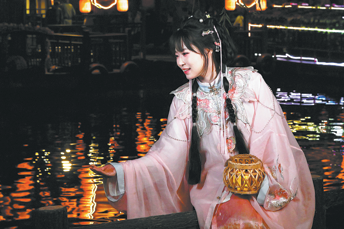Grottoes bear the enduring touch of Tang
Through the hands of artists and craftsmen, the world-famous caves become a mirror to the splendor of a glorious age in ancient China, Zhao Xu reports.

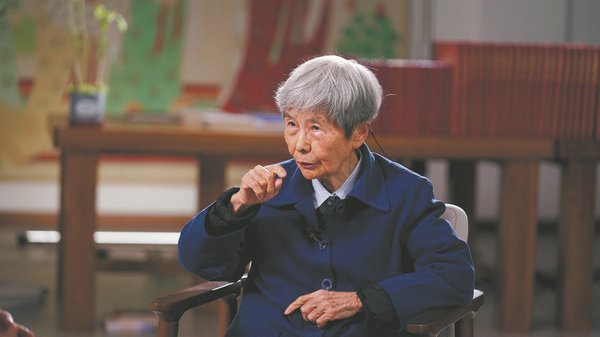
Today, on the side walls of Cave 96, where the Giant Buddha sits, small holes remain clearly visible — believed to have been drilled to support the scaffolding essential for the statue's construction. These holes were first identified by renowned Chinese archaeologist and Dunhuang scholar Peng Jinzhang (1937-2017). His wife, Fan Jinshi — now 87 — is also a distinguished Dunhuang expert and former director of the Dunhuang Academy, China's premier institute dedicated to the preservation and study of this UNESCO World Heritage Site.
"Contrary to popular belief, Liang Sicheng and Lin Huiyin had never set foot here, yet they were able to make that discovery solely by studying the fresco — a fact that speaks volumes about the map's remarkable accuracy. Thanks to it, we are able to glimpse what Mount Wutai once was — quite different from what it is today," says Fan.
According to Zhong, much of the giant Buddha visitors see today is the result of repeated repairs and repainting over the past millennium — the dragon pattern on the robe was unmistakably from the Qing Dynasty (1644-1911). In fact, the Buddha lost both hands in earthquakes over the centuries, and they were only restored during a major repair effort led by the Dunhuang Academy in 1987.
"These efforts demand just as much — if not more — attention from the artists and artisans involved. The only difference is perhaps that, in the latter case, the reverence is directed more toward history," Fan says.
"For those intent on finding the most authentic Tang elements, they should look down as hard as they did up," says Zhong, noting that the Buddha's feet remain original to the Tang era. Generously shaped, they are as full and grounded as the boundless hope that must have stirred the hearts of those who toiled on the scaffolding — year after year, for 12 long years — to breathe life into this sublime vision.
Ma Jingna contributed to this story.


